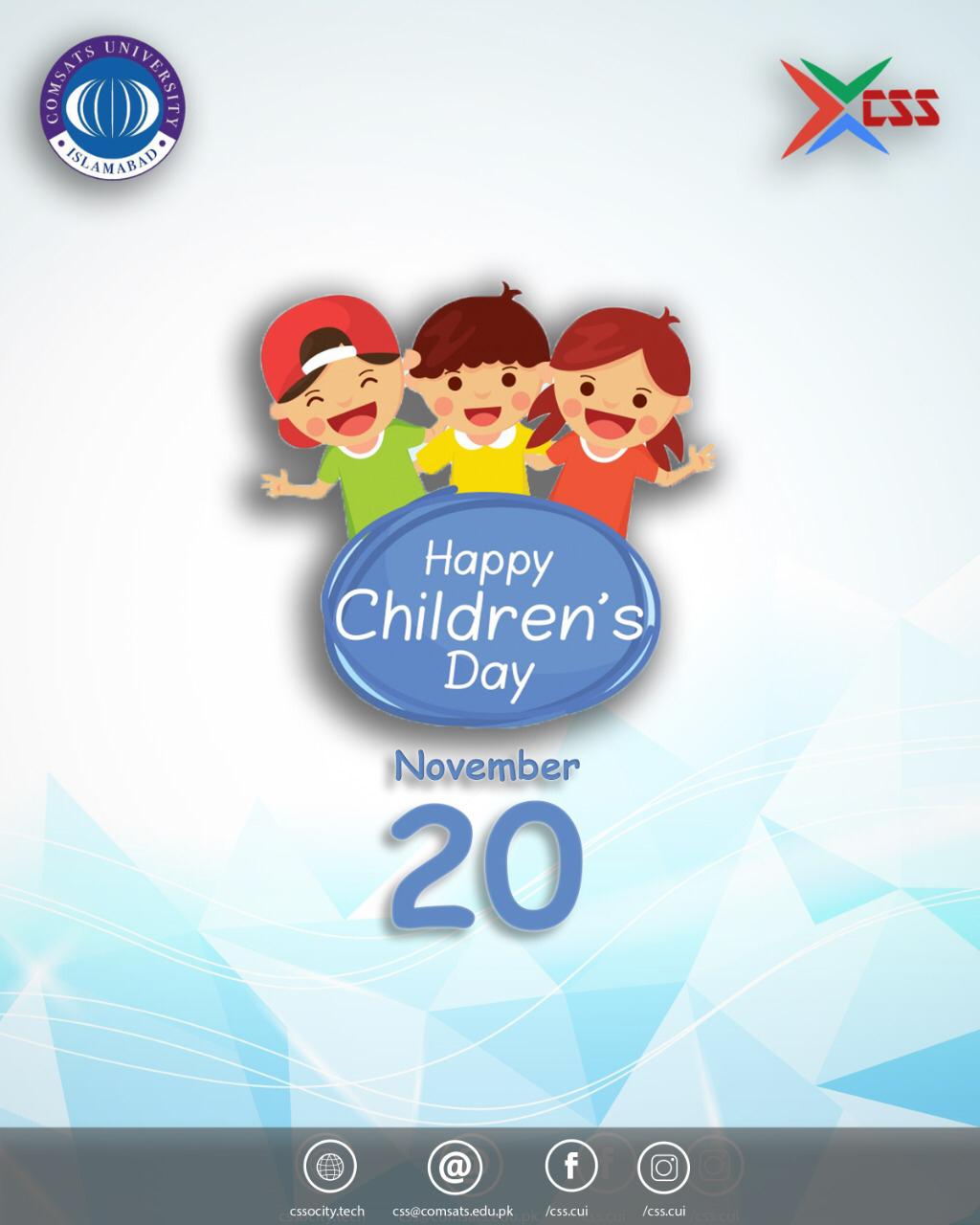Child abuse is known as the mental, physical, emotional, or sexual mistreatment with children. It is explained as an act that is carried out by either the parents or the caregivers which are harmful or may hold a threat of harm towards the child
Types of Child Abuse:
- Physical Abuse:
Physical abuse is described as any physical injury that is caused to a child deliberately (H). It may be a slap or a whooping with a stick or a belt. Parents often tend to use household items for abuse, which are damaging. - Emotional Abuse:
Emotional abuse is when a child is isolated, terrorized, scared and emotionally hurt. It might be caused by just brainwashing them, or doing non-childish acts in front of them. This includes penalizing the kids for their wrongdoings or the exposure of domestic violence to them. Children have a sharp memory. They are able to store a tiny bit of details of acts performed in front of them. - Sexual Abuse:
Sexual abuse is the worst form of abuse when a sexual act is performed with a child by an adult. It could be intercourse or an attempt to do it. It could be touching and groping of genitals or sexual organs of a child. It includes. Body contact, kissing of private parts, flashing private parts in front of a child, forcefully showing them pornography, voyeurism, exploiting them for pornography.
Effects of Abuse:
All these types have strong and serious effects on a child. The abuse may not show it’s doing readily. Rather an act performed by a 70-year-old man can be rooted back to an incident that happened in his childhood.
Apparent Effects:
Child abuse has some apparent effects, and some are not visible to the eye (tech). Apparent effects include bruises, cuts, broken bones, head trauma, change in walking, heavy breathing, dark circles due to excessive crying, poor hygiene, poor physical health, torn genital areas, early pregnancies.
Emotional Effects:
Emotional or psychological effects include post-traumatic stress disorder, anxiety, self-destructive behavior, depression, fear, flashbacks, imbalanced relationships, neglect-ion towards studies/sports.
Behavioral Effects:
Behavioral effects include self-harm, eating disorders, use of drugs or alcohol, troubled sleeping cycles, nightmares, anti-social behaviors, indulging in criminal activities.
Statistics:
Sexual abuse is the heinous type of them all. To decrease its effect, it is important to keep children away from bad touch. Children with mental disabilities are not able to distinguish the bad touch, so they are more vulnerable. Most of the sexual violence cases that are reported the culprit in them is a member of the family, a close friend or a caretaker/babysitter
In developed countries, thirty-six percent of women and twenty percent of men say that they have been disclosed to sexual crime by someone in the family circle.
Most of the cases that are reported are regarding female victims and not male because males victims because they encouraged to be physically strong and to be a man, they have to be rigid and not emotional. This is why they hesitate to report a physical crime because it will make them less of a man.
That is why girls are more likely to disclose that they have been abused.
Areas where there is a lack of female attention. Young boys are used by big guns to fulfill their filthy desires. These boys surrender their innocence for as low as one dollar. According to studies, child abusers do not use physical for rather use manipulative tactics. Like buying gifts, keeping them busy in activities, and distracting them from their original intentions.
Knowledge is power, and awareness brings advocacy. Aware people about the truths of domestic abuse and violence. Whether it is at work, religious organizations, or your own circle of friends and family, inform and aware them about this issue. Children must be advised about what abuse is and how they can prevent it. Support your children because children are imitators. They copy the acts that are done in front of them. If they were exposed to domestic violence or drug abuse, they are most likely to do it again in their life. The community can come together, and all departments must be monitored locally to prevent child abuse. If there is any crime, it should be immediately reported to child services or police. If a child is at risk, he/she needs to contact or tell someone about it. Contact the police or any local law enforcement, use 911 service or call The NDA (National Domestic Abuse) number at 1-800-799-SAFE

